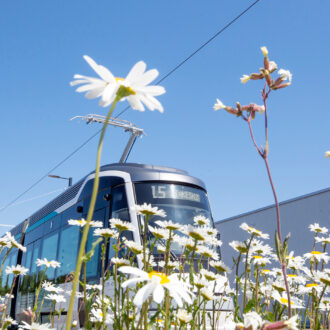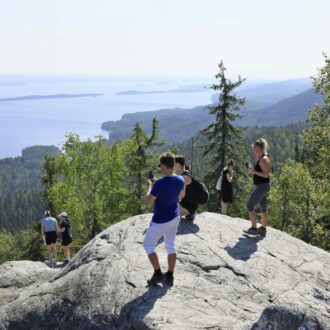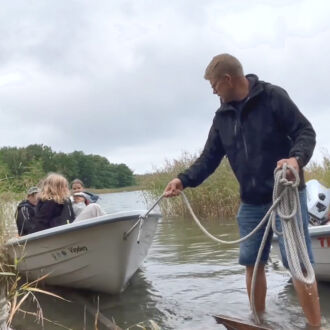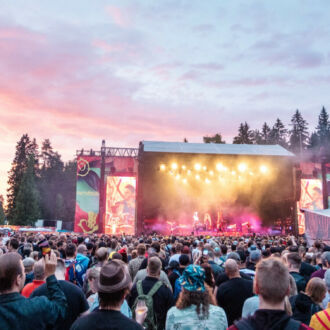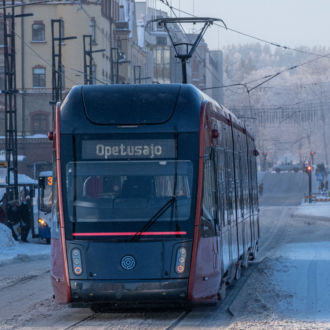The Helsinki region’s ever-growing cycling network builds on about 1,500 kilometres (930 miles) of existing cycle routes, including some of the most beautiful scenic bike rides of any capital city. They hug the Baltic Sea coast, follow the Vantaa River and fan out into the forests of Central Park.
People in Helsinki are increasingly choosing the two-wheel option as a leisure pursuit and for travel to work. Signage on new and existing cycling routes has been increased and improved.
For a growing urban area to function, the transport system needs to take into account all transport modes and their interconnectivity. Oskari Kaupinmäki, Helsinki City’s cycling coordinator, says, “Cycling and best-practice bicycle infrastructure are part of the holistic approach where cycling does not compete with walking or public transit, but complements them.”
Swift alternative
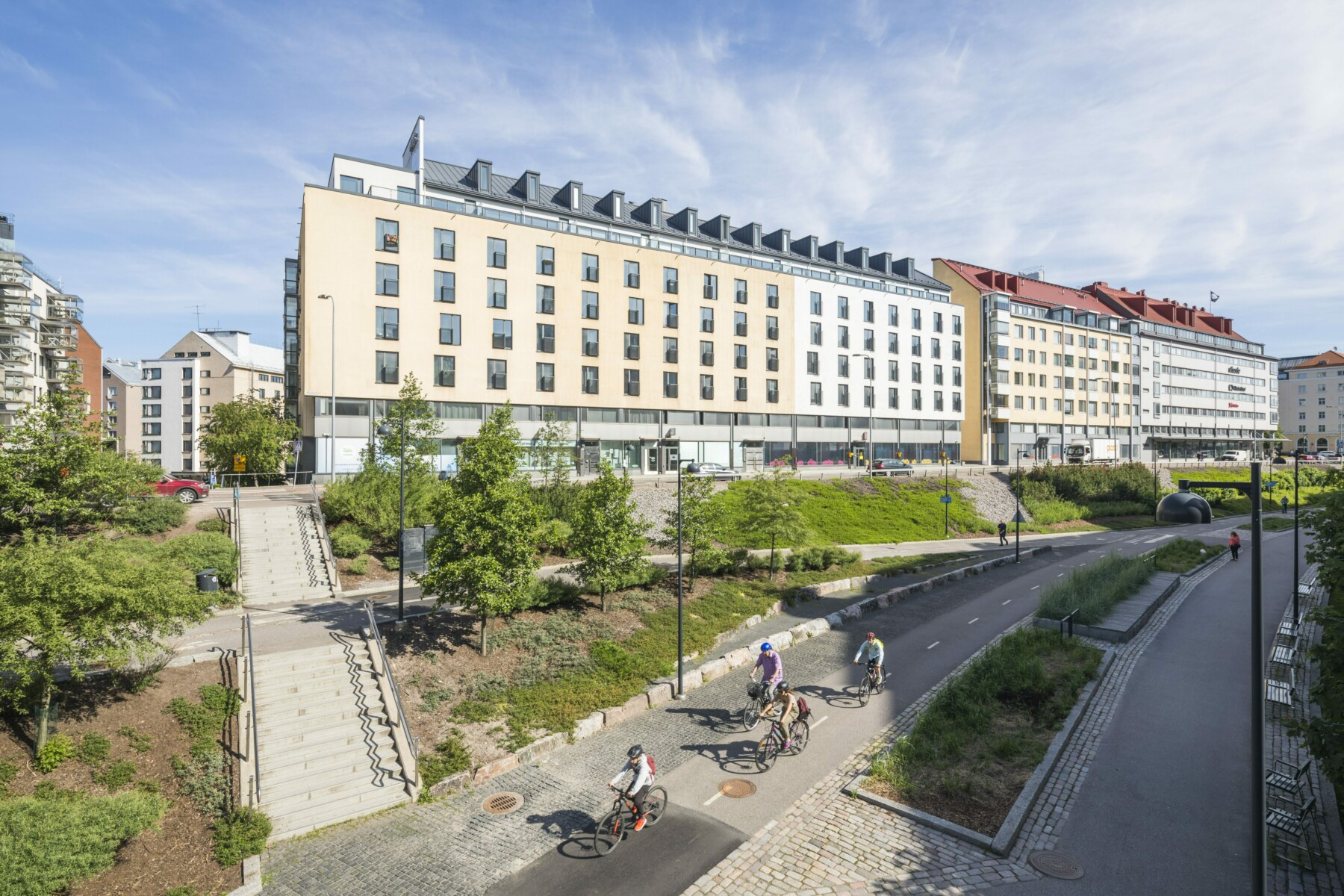
The Baana, built upon a former freight-train track, is a favourite bike and pedestrian route across downtown Helsinki.Photo: Timo Viitanen/Lehtikuva
Helsinki City’s strategy, “A Place for Growth,” includes the Bicycle Action Plan 2020–2025. The strategy states that intelligent traffic solutions underpin smooth transport. Kaupinmäki says, “The target is to reach a modal transport share for cycling of 20 percent by 2030, by means of best-practice infrastructure, improving maintenance, improving bicycle parking, improving construction site arrangements, and marketing and communications to promote a positive image of cycling.”
Public appreciation was evident in the fanfare that greeted the May 2024 opening of a cycle and pedestrian tunnel linking Kansalaistori (Citizens’ Square) in front of the Oodi Central Library with Kaisaniemi Park.
It passes under the platforms of the Central Railway Station. At 220 metres (240 yards) long, it offers a swift alternative to riding along the front of the station and contending with traffic lights and the busy flow of commuters and tourists. It was challenging to build the tunnel while regular train traffic continued unabated. The underground structure includes a bicycle parking garage with maintenance facilities.
Extending and connecting

Instead of having to go around the Central Railway Station, you can now conveniently bike or walk under the tracks.Photo: Heikki Saukkomaa/Lehtikuva
The new link connects and extends the cycle routes on both sides, including the Baana, a path built upon a former freight-rail track. It leads to new neighbourhoods west of the city centre. The “baana” label has also been adopted for other similar, specially constructed bicycle “highways.”
Other recent and upcoming additions include several bridges serving mainly foot, cycle and tram traffic. They connect the areas of Hakaniemi and Kruununhaka with new waterside neighbourhoods to the east. At the time of writing, Helsinki’s main thoroughfare, Mannerheim Road, is receiving a total makeover, complete with new bike paths.
Natural and viable
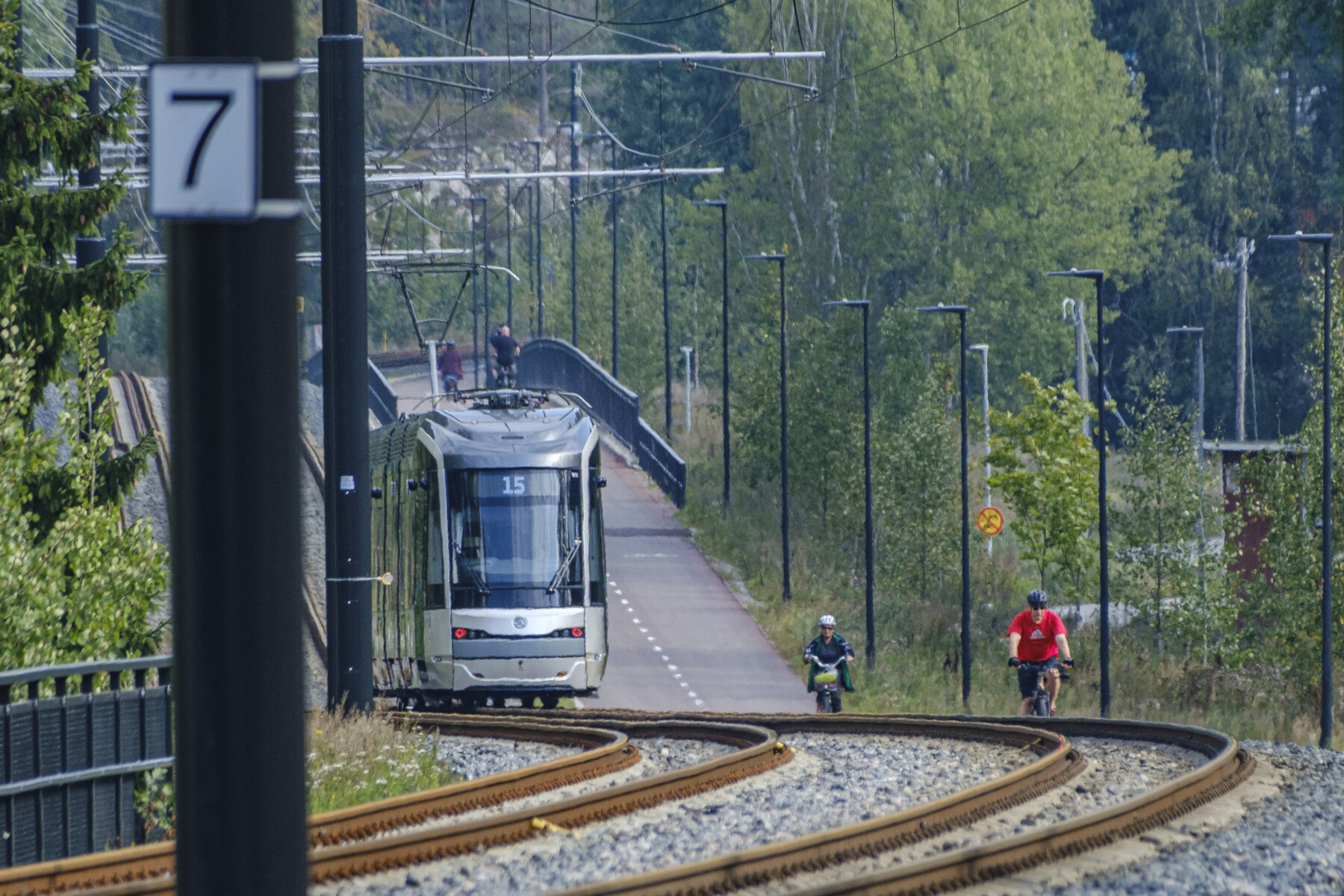
Freshly paved bike paths run parallel to Helsinki’s new light-rail line for much of its route.Photo: Tim Bird
Kaupinmäki notes that Helsinki has had a target network for cycling in the inner city since 2012, and extended it to cover the entire city in 2016. “In the urban and other built-up areas, main routes for cycling are planned along busy urban thoroughfares, which are main routes for other transport modes such as trams and light rail,” he says. “These routes are complemented by bicycle highways, connecting neighbourhoods with the city centre and each other among the most direct, easy, and efficient routes possible.”
The executive director of the nonprofit Helsinki Region Cyclists, Henni Ahvenlampi, welcomes the targets, but believes progress should be faster for cycling to make its contribution to Helsinki’s goals of achieving carbon neutrality by 2030, zero emissions by 2040 and carbon-negative status after that.
The association does advocacy work across the whole Helsinki region, including the neighbouring cities of Espoo, Vantaa and Kauniainen, for bicycle traffic to be a natural and viable part of city traffic. Regardless of age and other personal aspects, cycle traffic should be accessible for as many as possible.
Pedal power
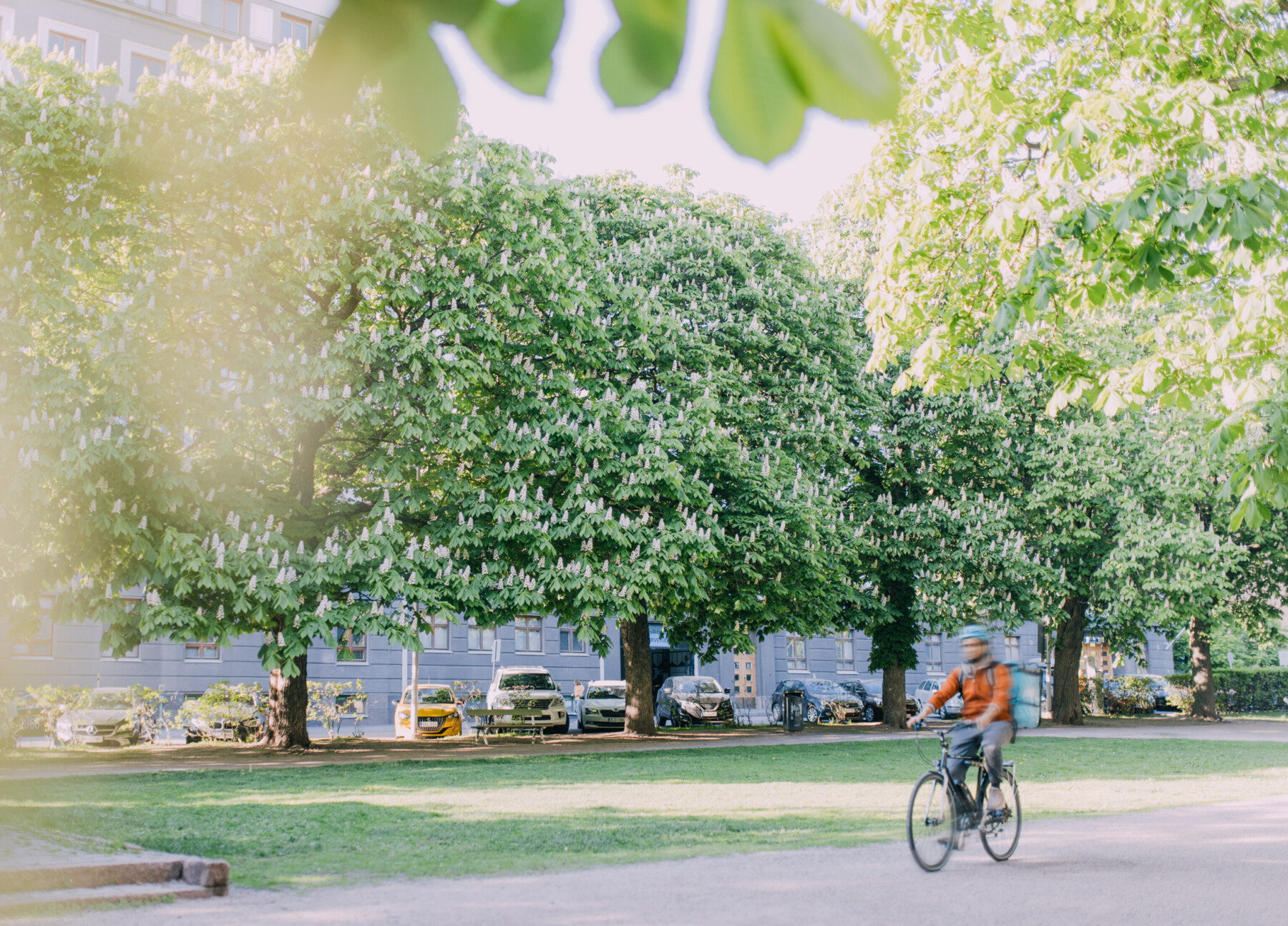
A cyclist rides through Hesperia Park in the Töölö neighbourhood of Helsinki while the chestnut trees are in bloom.Photo: Julia Kivelä/Helsinki Partners
“It’s great that Helsinki has set the target network, and that the city realises it needs developing, and they have expedited the process,” she says, adding that about 70 percent of the Helsinki population own usable bicycles, making it one of the most cycle-intense cities in the world. “We need to concentrate on quality to ensure that the results match the plans.”
Helsinki winters are becoming less predictable as a consequence of climate change, but winter conditions are guaranteed. Year-round cycling is increasingly popular, but depends on winter path maintenance. Ahvenlampi would like to see this improved, for cyclists as well as pedestrians, including citizens using any mobility aids, such as rollators (wheeled walkers) or wheelchairs.
Popular pedalling
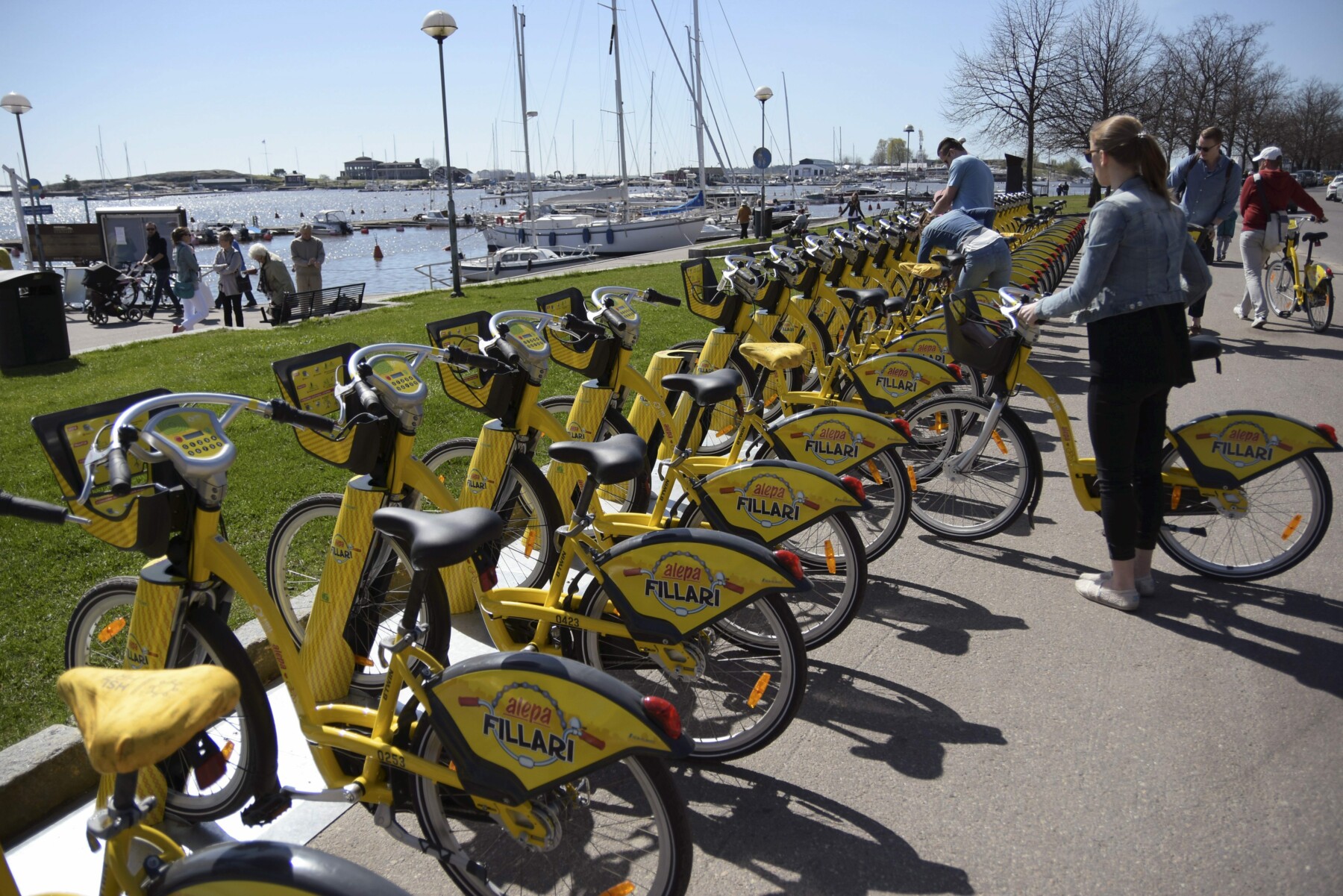
Rows of yellow city bikes are a sign of spring in the Helsinki streetscape.Photo: Teemu Salonen/Lehtikuva
Ahvenlampi welcomes the provision of more indoor cycle parking garages. She points to the west coast city of Vaasa’s bike parking facility as a model for security: access requires registration using secure bank identification. She also mentions the enthusiasm for year-round cycling in the northern city of Oulu, facilitated by the high priority they place on winter path maintenance.
Helsinki and Espoo share an affordable, easy-to-use city-bike scheme, hugely popular with residents and visitors, with a total of 460 bike stations and about 4,600 bicycles. They’re available from early April to late October, but could be extended through the winter months with regular maintenance.
Political agreement
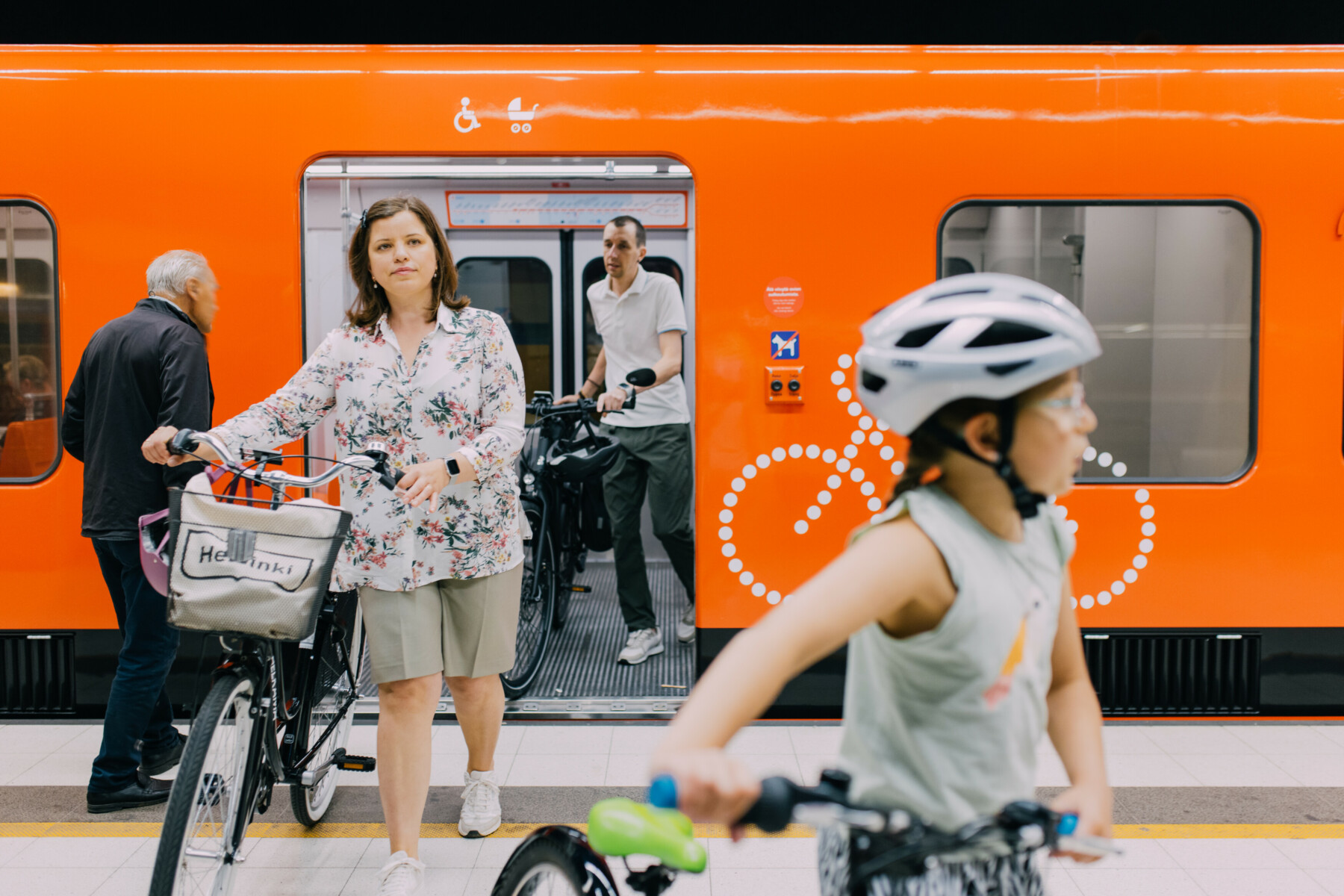
You can combine transport options by bringing your bike with you on Helsinki’s metro and commuter trains.Photo: Julia Kivelä/Helsinki Partners
While recognising the challenges, all parties – including political parties – are in broad agreement that cycling should be encouraged and facilitated, for reasons of environment, sustainability, health and convenience.
“The political will towards promoting cycling and other sustainable modes is very high in Helsinki,” says Kaupinmäki. “As the target network nears completion, we expect the number of resident cyclists to increase. Absolute cycling volumes at our counters already suggest that an increase is happening.”
By Tim Bird, September 2024
